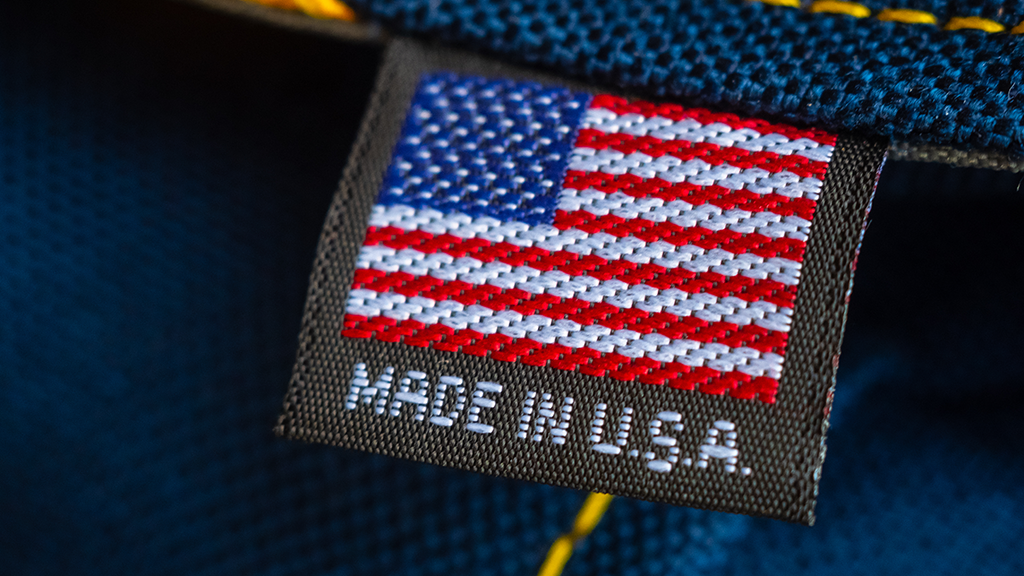There is no absence of news that should be grabbing our attention these days. Regardless, there is one matter that is commanding an almost unprecedented level of focus. It is what President Trump is referring to as the application of U.S. “reciprocal” tariffs.
What does this mean for investment and construction?
The stated intent of the new U.S. tariff regime is to promote reshoring of manufacturing activity from elsewhere and to encourage greater investment at home by both domestic and foreign firms hoping to flourish within the protection of the tariff wall, or to escape its punishment.
For the construction industry, the notion that there may be a significant uptick in capital investment flowing from the new tariff regime is a tantalizing thought, but how realistic is it?
Let’s look at the altered paradigm from the point of view of a top decision maker or an investment-authorizing board member of a manufacturing firm. What are the factors I will be considering?
My first question will be: to what extent will the new tariff regime be permanently in place?
Many analysts are speculating the percentage rates are intentionally super-high to apply leverage in a bargaining sense and that they carry a shock value meant to quickly cause other nations to appeal for adjustments and exemptions.
But I’m looking to be provided with as stable a long-term time horizon as possible. What helps me sleep best at night is making a major spending decision within the context of a firm and reliable framework.
What about demand for my product?
To the extent my company’s fortunes are tied to growth in national output (i.e., gross domestic product), the radical adjustment in stock market prices during the first week in April speaks of a negative-turning consensus that economy-wide growth prospects have become dimmer.
Again, asking in a pretend role as a manufacturing executive, how about my input costs?
Not everything that goes into my product or assembly process comes from within the United States. Plenty of components are sourced from somewhere else, as they should be. It would be an inefficient use of resources and an outright impossibility for the U.S. to make everything.
Given that there will inevitably be a degree of dependence on imports, it is also indisputable that the cost of foreign-sourced items will be jacked up by the higher tariffs imposed on supplier nations. My profit and loss statement will be almost sure to suffer.
Also, there’s a supply and speed-of-delivery issue. Customs and border patrol agents will soon be tasked with collecting on a vastly greater array of imports arriving at all entry points to the U.S. There are likely to be administrative glitches and shipping slowdowns.
What about my competitors in other nations?
They’ll be conducting business affairs under quite different sets of circumstances. When they need to import inputs from countries other than the U.S., they won’t be burdened with anything like the same stiff tariff rates facing me.
Will I be able to hire the extra qualified labor needed?
I know America has lately been experiencing a shortage of workers. Cuts to immigration and expulsions of individuals with shaky residency status will further reduce the size of the hiring pool. Plus, all the experts are saying that today’s premier job opportunities lie in high technology, with artificial intelligence as an increasingly important force to be reckoned with.
Will a manufacturing position with my company offer as good an employment draw?
It would be advisable for me to think about making maximum usage of automation and robotics on all my existing and future production lines.
Finally, I haven’t yet mentioned the degree to which my company has benefitted from export sales in the past and how much that has been put in jeopardy by retaliatory tariff action taken by the host nations of many of my previously best customers.
To help with my export prospects, maybe I’ll catch a break from a declining U.S. dollar, but do I really want to bet against and sell short my own currency?
There you have it. Abandoning my role playing and donning my economist hat once again, let me say that, certainly, there will be some U.S. manufacturers who will see tariff protectionism as a spur to investment, with corresponding construction activity.
But I think, from the foregoing, there’s also a good case for being skeptical that the U.S. manufacturing sector overall will immediately spring into capital spending action.
This is a developing story.




Recent Comments